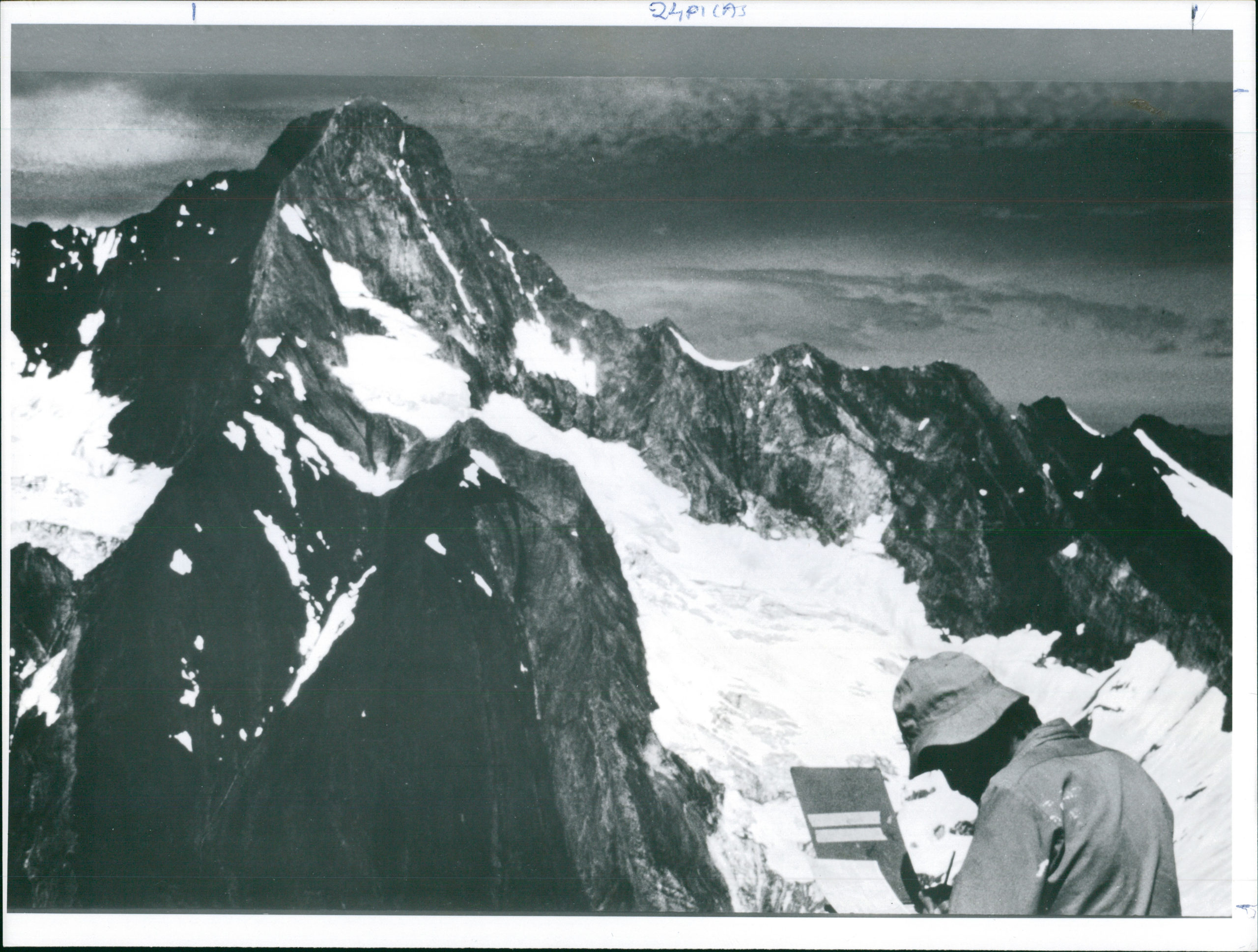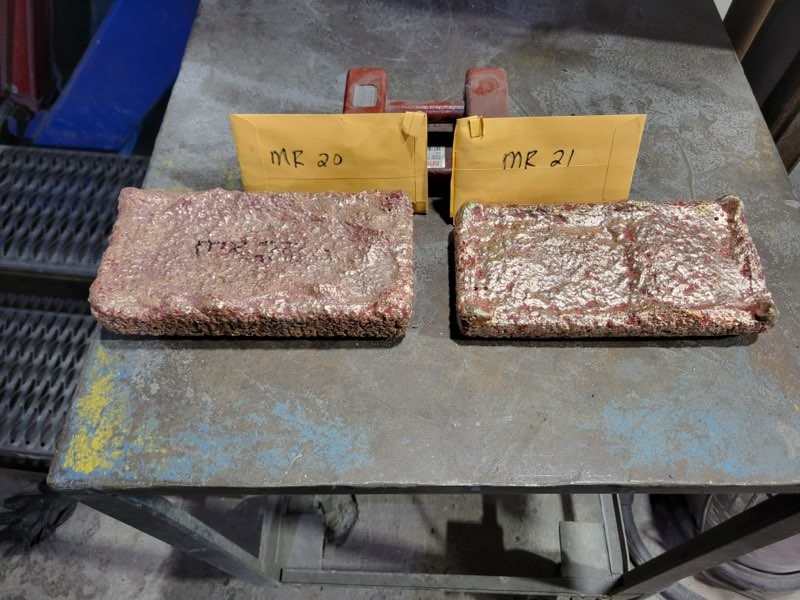Kirkland Lake hits new visible gold intersections at Fosterville

Kirkland Lake Gold (TSX: KL; NYSE: KL; ASX: KLA) has intersected new visible gold bearing mineralization below the Swan zone, along the Cygnet Fault system, and to 1,000 metres downplunge of existing reserves along the Curie fault at Robbin’s Hill.
Drilling from the underground exploration drive hit this new mineralization downplunge from the Swan zone, 500 metres below the deepest proven and probable reserves. Highlights of drilling here, in the Lower Phoenix system, returned 51.7 g/t gold over 2.6 metres and 9.6 g/t gold over 6.4 metres.



